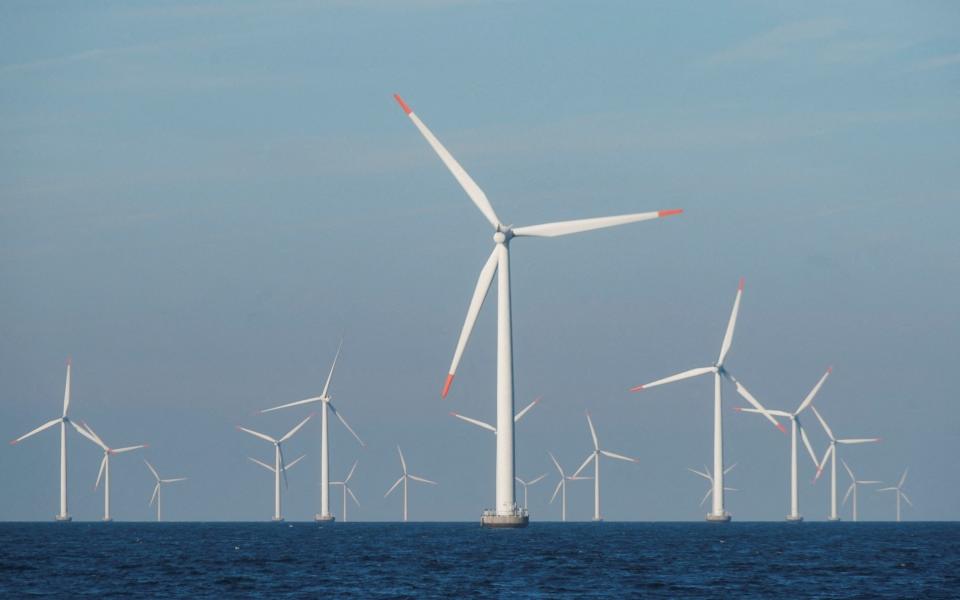Ørsted asks for more government cash amid doubts over flagship wind farm project

The UK’s leading offshore wind developer is in talks with Net Zero Secretary Claire Coutinho about the fate of its flagship project off the coast of Norfolk, after spiralling costs cast doubt over its viability.
Ørsted, the Danish renewable energy giant, is understood to be in talks with the Department for Energy Security and Net Zero, led by Ms Coutinho, about securing more generous subsidy arrangements for its Hornsea 3 wind farm project.
It would see 231 turbines installed off the coasts of Norfolk and Lincolnshire, generating power for 3m homes.
Subsidies for Hornsea 3 were agreed with the Government last year through contracts for difference (CfDs), with operators guaranteed a minimum price per megawatt hour (MWh) known as the strike price. Ørsted was promised £37.35.
However, the wind industry has been hammered by inflation of up to 40pc since then. Building Hornsea 3 would now put Ørsted at risk of significant losses and executives warned earlier this year that they needed more government support to keep the project alive.
A spokesman for Ørsted said there was “an ongoing dialogue with the UK government”.
The Telegraph reported earlier this week that Ørsted was considering giving up a portion of its subsidies and selling power from Hornsea 3 to companies on a commercial basis in order to improve its finances.
Ørsted on Tuesday sacked two of its most senior managers after incurring huge losses on US wind farm projects.
The company recently lost $4bn for the first nine months of 2023, halted development of its Ocean 1 wind farm off New Jersey and cancelled the nearby Ocean 2.
Ørsted’s chief operating officer, Richard Hunter, and Daniel Lerup, the company’s chief finance officer, have both now left the business.
Announcing the changes, Mads Nipper, group president and chief executive of Ørsted, said he and the board had concluded the company needed “need new and different capabilities to lead”.
He said: “Ørsted, along with the rest of the industry, is experiencing a challenging and volatile business environment.”
Germany’s Siemens Energy and Sweden’s Vattenfall have both recently taken large write-downs linked to surging inflation.
Siemens Energy has been forced to secure a €15bn deal with the German government and a consortium of banks to help the troubled manufacturer weather massive losses at its Gamesa wind-turbine unit.
A Department for Energy Security and Net Zero spokesman said: “We will continue to drive forward our ambition of up to 50GW offshore wind by 2030, while recognising the global impact of rises in inflation and interest rates. We are committed to a successful next auction round that includes offshore wind.”
The UK government is preparing to publish details of its next “allocation round” for new renewable energy project subsidies, including offshore wind. The announcement is expected this week and should confirm the strike price has been raised to above £70.
The last round offered a strike price of £44 for offshore wind and attracted no bidders.

 Yahoo Finance
Yahoo Finance 